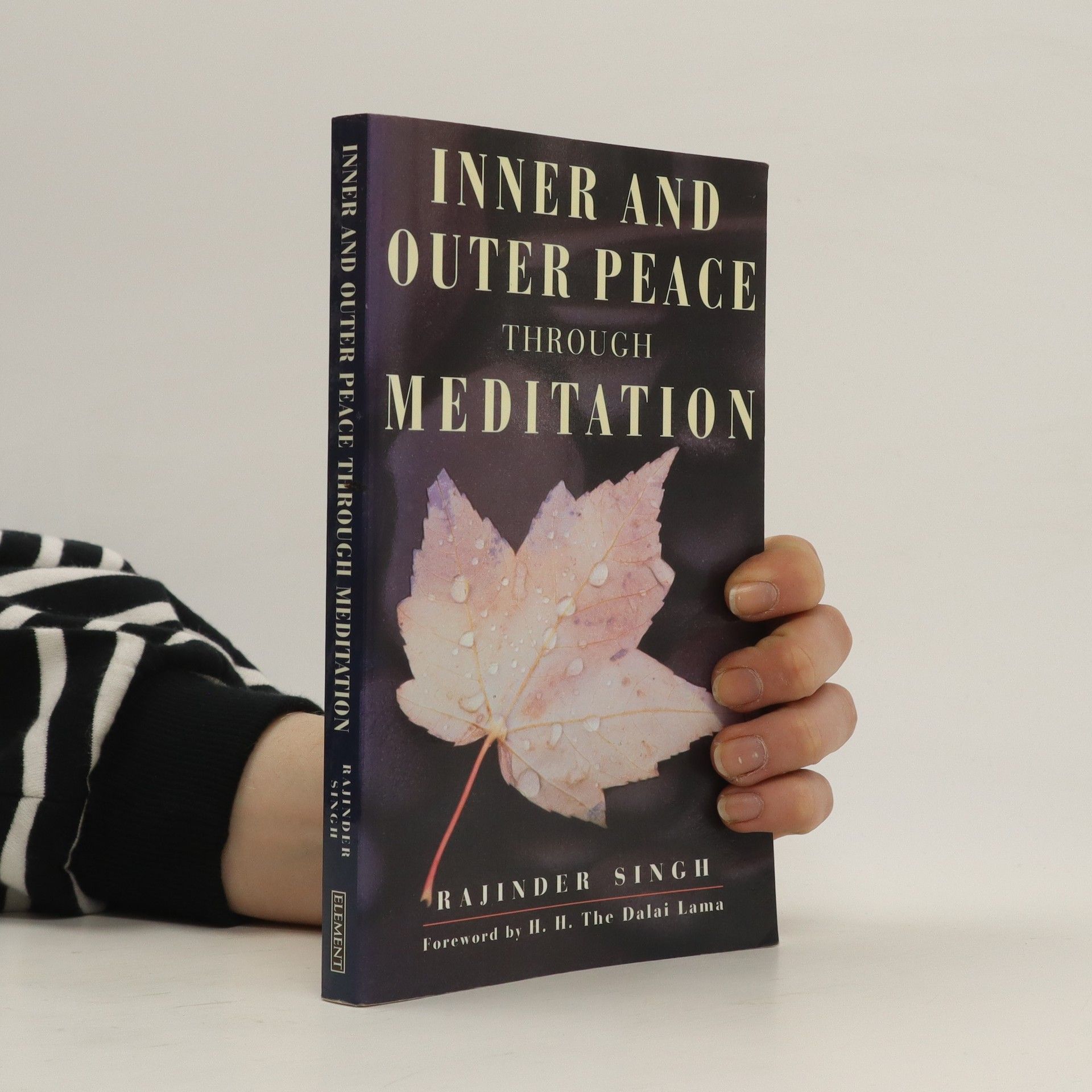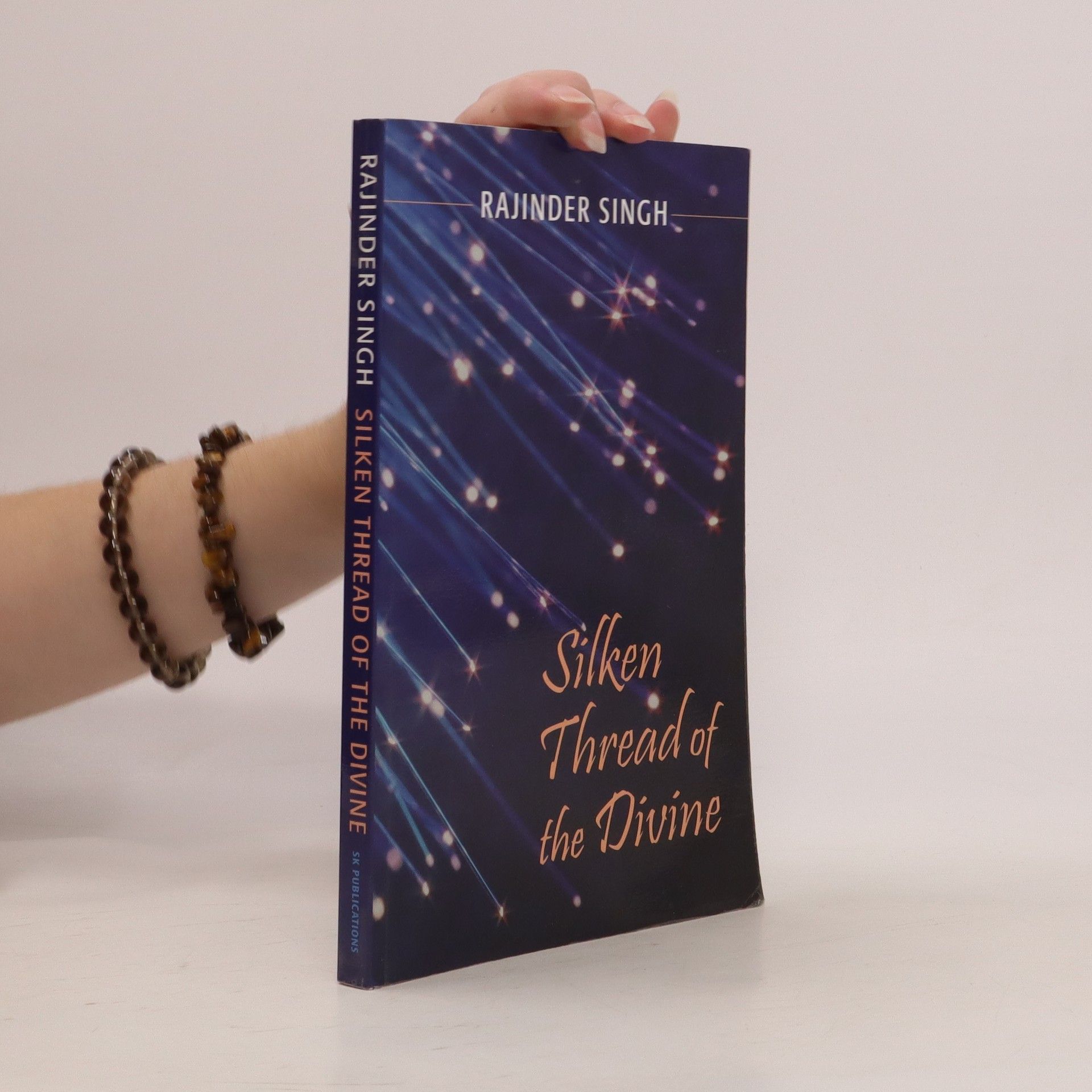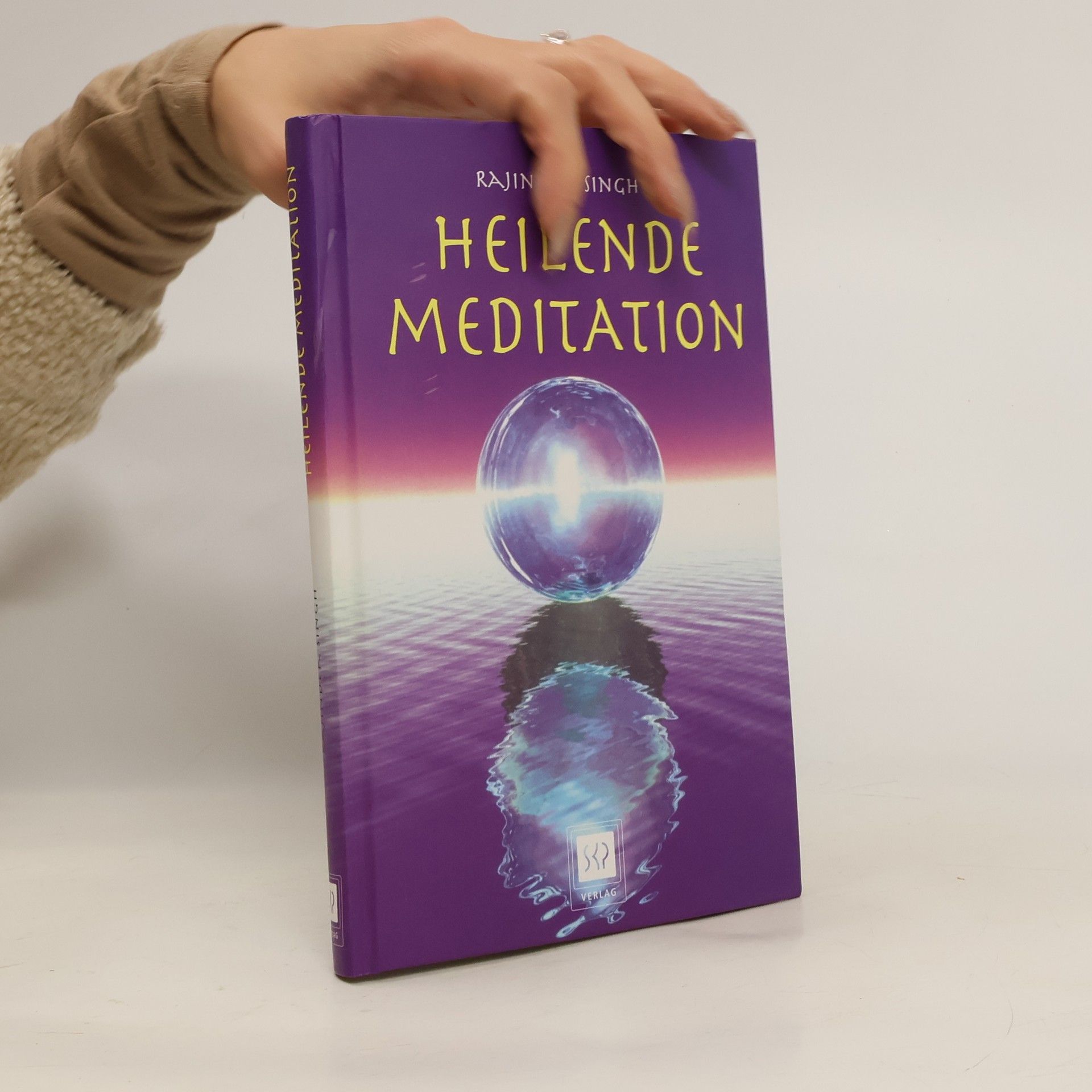Gandhi and the Nobel Peace Prize
- 172 pages
- 7 hours of reading
The book explores the intriguing question of why Mohandas Karamchand Gandhi, a prominent advocate for non-violent resistance and a candidate for the Nobel Peace Prize nearly 100 times between 1924 and 1948, never received the award. Through a detailed analysis, it examines the complexities of his legacy, the political climate of the time, and the factors that contributed to the Nobel Committee's decisions, shedding light on Gandhi's impact and the challenges he faced as a global figure in the pursuit of peace.








